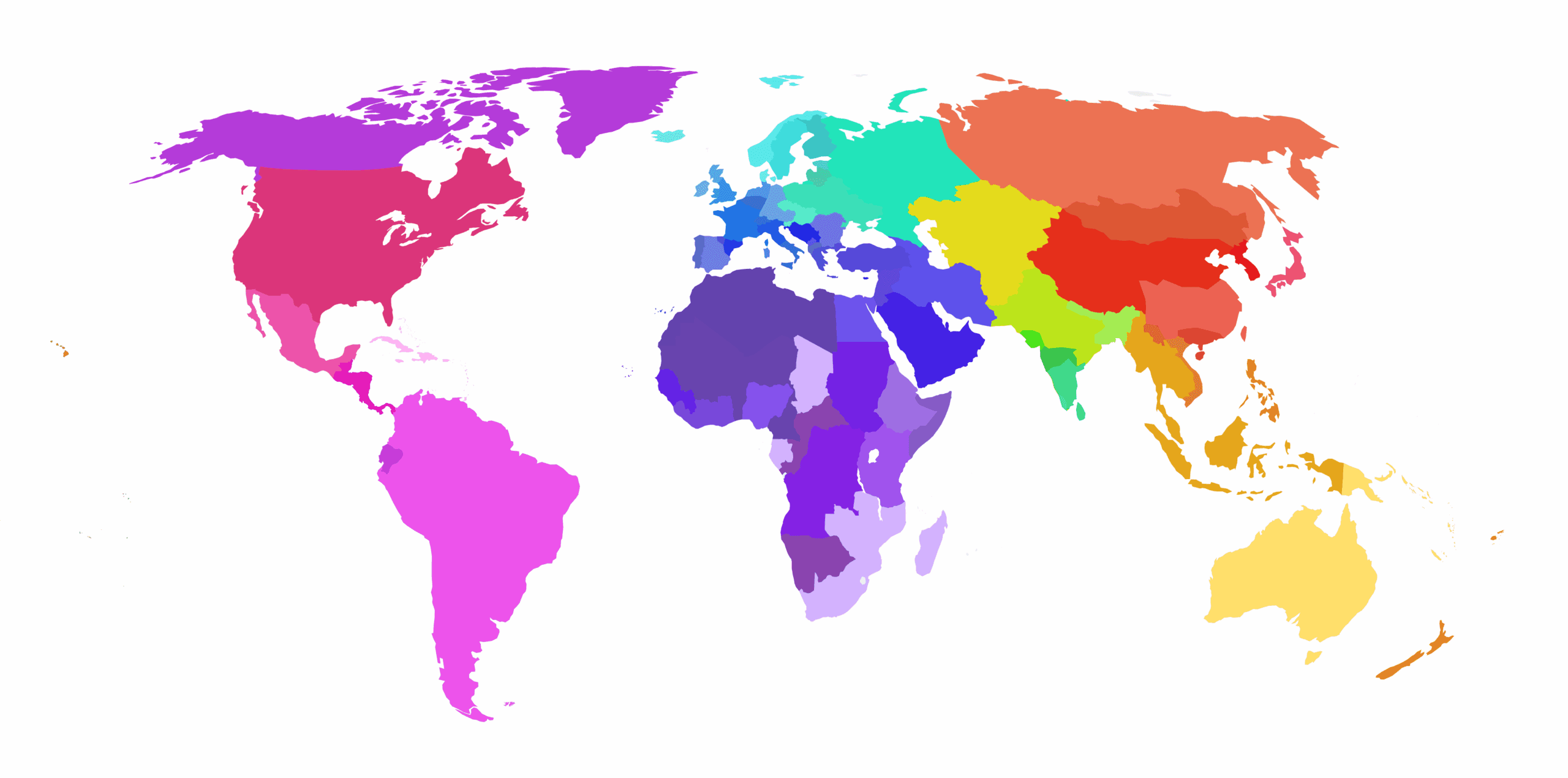
Archaeologists rarely agree on anything. So it’s no surprise that for years two groups of scholars have drawn completely opposite conclusions about the relationship between the ancient people of Thailand and China.
Some experts argue that, thousands of years ago, people from Thailand migrated into East Asia, becoming the ancestors of present-day Chinese peoples. Others argue the exact opposite: that it was people from East Asia who migrated south into Thailand. Unfortunately, the sheer complexity of languages and cultures in the region, combined with conflicting archaeological reports, makes it next to impossible to draw concrete conclusions.
In situations like this one researchers increasingly turn to the field of genetics to help fill in the gaps and piece together the history of various populations – and that is just what a team from Thailand has done. In this month’s issue of the American Journal of Physical Anthropology, a bipartisan team of archaeologists and geneticists from across Thailand describes how the mitochondrial DNA (mtDNA) of both ancient and modern Thai populations can help us understand the peopling of the country.
Because the demographics of Thailand are so complex, the authors felt that just sampling modern Thai populations would not give a clear picture into the peopling of the region. So, the researchers dug deeper by sampling archaeological remains as well. They extracted DNA from 43 skeletons excavated at two sites in northeastern Thailand that date to about 3,500 years ago. The authors chose these particular sites, called Noen U-loke and Ban Lum-Khao, because they represented typical ancient farming communities – some of the earliest settlements in existence.
Right away, the authors noticed the ancient and modern samples were very similar genetically – an indication that within the last 3,500 years, people haven’t moved around very much in northeastern Thailand. Some of the modern people tested may in fact be descendants of these early Thai farmers — a very exciting prospect.
More importantly, however, the authors believe they have worked out the peopling of Thailand from the genetic information they gathered. Their data support the hypothesis that many present-day Thai populations are actually descended from people who migrated from southern China only a few thousand years ago — an idea that has gained prominence in recent years among many archaeologists.
These results are compelling for a number of reasons – most notably the fact that the authors were able to use genetic data to resolve uncertainties about the peopling of Thailand when other types of data could not. It also shows how useful it can be to compare ancient and modern DNA when tracing prehistoric migrations. Many studies use only one or the other. Finally, these authors were able to utilize genetics in a region – Southeast Asia – that has not seen much genetics research compared to other regions. Hopefully future research on the genetic history of this region will continue down the path laid out by these researchers, following their lead of taking evidence from all disciplines in reshaping theories on ancient civilizations. Perhaps we will even see more agreement from archaeologists.



